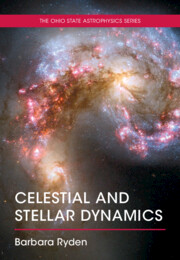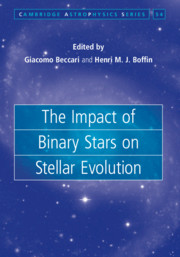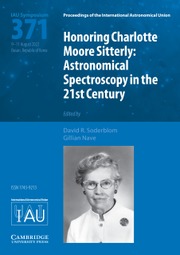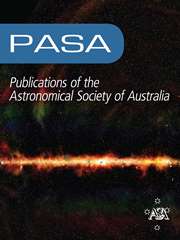Stellar Structure and Evolution
Stellar Structure and Evolution, the second volume in the Ohio State Astrophysics Series, takes advantage of our new era of stellar astrophysics, in which modern techniques allow us to map the interiors of stars in unprecedented detail. This textbook for upper-level undergraduate and graduate students aims to develop a broad physical understanding of the fundamental principles that dictate stellar properties. The study of stellar evolution focuses on the 'life cycle' of stars: how they are born, how they live, and how they die. As elements ejected by one generation of stars are incorporated into the next generation, stellar evolution is intertwined with the chemical evolution of our galaxy. Focusing on key physical processes without going into encyclopedic depth, the authors present stellar evolution in a contemporary context, including phenomena such as pulsations, mass loss, binary interactions, and rotation, which contribute to our understanding of stars.
- Connects theory and observations to provide a better understanding of how the field developed and to provide the broader astrophysical context, offering a modern approach that incorporates current research advances
- Presents mathematical derivations alongside physical intuition and order of magnitude calculations to help students understand why certain effects are important, and what causes them
- Focuses discussion on key physical properties and introduces the specialized language of the field carefully to ensure students who did not major in astronomy are accommodated
- Illustrates how material from a diverse range of physics courses can be used to understand a complex physical system, drawing valuable connections to other courses that students will take or have taken
Reviews & endorsements
‘Pinsonneault and Ryden's book is a very welcome addition to the field of stellar evolution at a level appropriate to advanced undergraduate- or graduate-level study, since it manages to provide a clear, comprehensive overview of topics, without being intimidating in size or style. The textbook includes up-to-date results from contemporary missions such as Gaia and Kepler, with the final chapters discussing stellar rotation, pulsations, and binary evolution in depth. Most chapters include a few well-designed exercises, with a research-level reading list provided after the appendix. I would highly recommend it for Master's-level courses on stellar structure and evolution.’ Paul Crowther, University of Sheffield
‘This text is a welcome addition to the pantheon of monographs and textbooks explaining the physical basics of stellar structure and evolution. Aimed primarily at an audience learning the material for the first time, this text explains the phases of the life of a star through a clear application of physical principles. Weaving together classical fluids, quantum mechanics, thermodynamics, and nuclear physics, it enables students and their instructors to gain the physical intuition needed for the study of stars in this time of their observational renaissance.’ Lars Bildsten, University of California, Santa Barbara
‘This is a welcome addition to the literature, providing a comprehensive overview of stellar structure and evolution, and including insights from the latest data, techniques, and results.’ William Chaplin, University of Birmingham
Product details
June 2023Hardback
9781108835817
280 pages
251 × 176 × 21 mm
0.74kg
Available
Table of Contents
- Preface
- 1. Properties of stars
- 2. Equations of stellar structure
- 3. Equations of state
- 4. Stellar energy transport
- 5. Stars as fusion reactors
- 6. Main sequence stars
- 7. Star formation: before the main sequence
- 8. Evolved stars: after the main sequence
- 9. Ex-stars
- 10. Rotating stars
- 11. Pulsating stars
- 12. Binary stars
- Appendices
- Bibliography, references, and figure credits
- Index.






